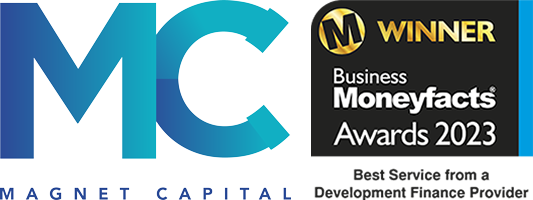1. Financial Stability
Portraying your net asset position goes a long way and has become more important as the previous 3 years has shown. Liquidity to mitigate any delays, cost overruns or slow exits helps reduce the risk of a project being put on hold. Having the ability to inject a healthy amount of equity into a project also shows a lender your ‘skin in the game’ providing your lender with the reassurance on your financial commitment to a project.
2. Know your exit
To understand and assess your exit strategy for a project is a key step to a successful development, speaking with your local agents, understanding your preference and understanding the local market go hand in hand. Your finance broker will be able to advise on current exit rates for refinancing, ensuring the most cost effective options available to you. Having a ‘Plan B’ reduces the risk of the need to extend your term or having to consider quick get-out options which don’t always provide the best returns. Planning early can be a helpful way to ensure a smoother exit, early marketing with CGI’s or ensuring you’ve researched refinance exits and even obtained preliminary terms.
3. In the eyes of an Underwriter
Whilst ‘the beauty is in the eyes of a beholder’, the underwriting process is a detailed analysis and due diligence of your project. Their knowledge and expertise mitigate risk of your project facing
unnecessary delay or burden. This process looks at all aspects, from survey reports to title deeds, ensuring there is nothing preventing your development being a success such as covenants on a title or cost mismatches in a development appraisal. If something comes up, our underwriters will try to work with you to find a solution.
4. Build Cost Contingencies
A contingency fund should sit between 5%-10%, this is to cover unforeseen costs, risks, events or changes in scope which could affect the overall project. More complex projects should have a larger
contingency, as the likelihood of an unexpected event taking place or increased costs are more prevalent. If you are using a contractor for the works, it’s preferential that you are agreeing on a fixed price or guaranteed maximin price contract, as this will pass on the liability for unexpected costs to your contractor.
5. Know your lender
We’re not talking about what their logo looks like or their fancy branding, a lender can help keep your project on track so it is imperative you know them from the inside out. Flexibility; do they
operate like a bank or are you able to directly access decision makers. Funding; are they lending their own funds or are they funded and if so, by who? Are there more than one funding lines and are they UK or internationally based? Your lender choice really becomes more important when there is a challenge to overcome. You want a lender who will work with you to resolve and get your project over the line.








Recent Comments